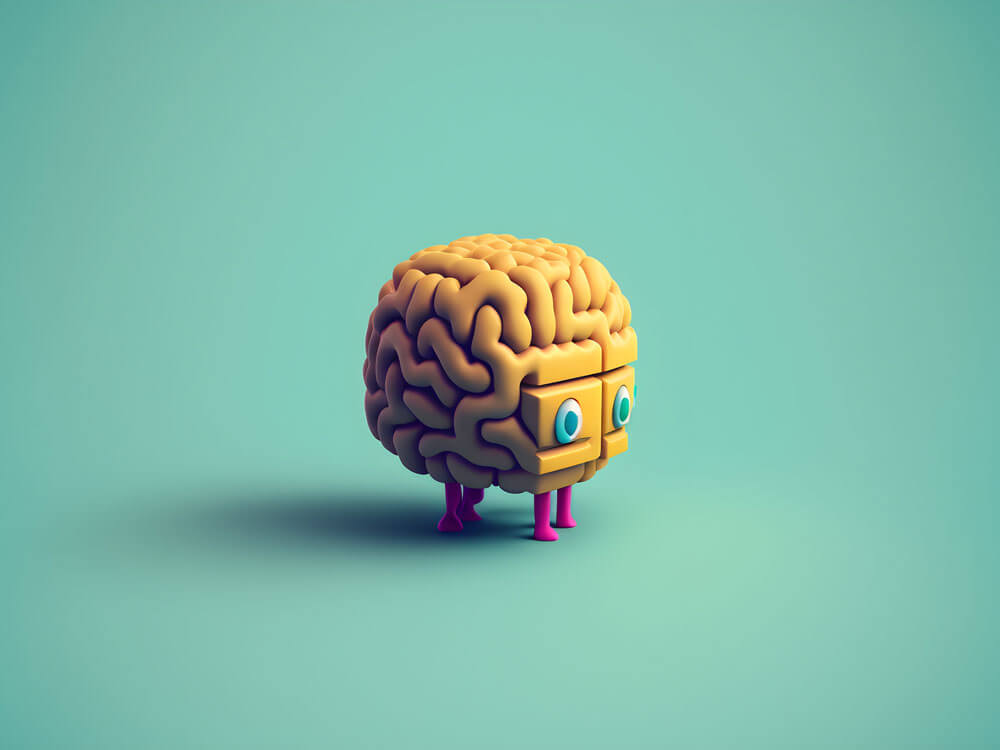Design Thinking: A Comprehensive Guide to Human-Centered Innovation
Design Thinking is a human-centered approach to problem-solving that has gained popularity in recent years for its effectiveness in creating innovative solutions. While the concept of Design Thinking can be traced back to the 1960s, it was not until the 21st century that it became widely recognized as a powerful tool for innovation. In this guide, we’ll take a deep dive into the principles, processes, and benefits of Design Thinking, as well as its applications in a variety of industries.
What is Design Thinking?
Design Thinking is an approach to problem-solving that puts the user at the center of the process. It emphasizes empathy, experimentation, and collaboration, and seeks to understand the needs, desires, and pain points of users in order to create solutions that truly meet their needs.
At its core, Design Thinking is about using a human-centered approach to innovation, and is grounded in the belief that by focusing on people, organizations can create products and services that are more meaningful, effective, and successful.
Design Thinking has been applied in a wide range of contexts, from product design to healthcare to education. Its versatility and effectiveness have made it a popular tool for organizations seeking to innovate and stay ahead of the curve.
The Origins of Design Thinking
The origins of Design Thinking can be traced back to the 1960s when the German industrial designer Dieter Rams began to develop a design philosophy that emphasized simplicity, functionality, and user-centeredness. Rams believed that good design should be focused on the user and that the designer’s job was to make products that were intuitive, easy to use, and aesthetically pleasing.
In the 1980s, the American design consultancy firm IDEO began to develop a new approach to design that drew heavily on Rams’ philosophy. This approach, which would later become known as Design Thinking, emphasized empathy, collaboration, and experimentation, and sought to create products and services that truly met the needs of users.
IDEO’s Design Thinking process was rooted in a deep understanding of users and their needs. It emphasized collaboration and experimentation and sought to create solutions that were not only functional and aesthetically pleasing, but also emotionally resonant and meaningful to users.
In the 21st century, Design Thinking has become widely recognized as a powerful tool for innovation. Its focus on empathy, collaboration, and experimentation has made it a popular approach for organizations seeking to create products and services that truly meet the needs of their users.
The Principles of Design Thinking
Design Thinking is based on several key principles that guide the process of problem-solving. These principles include:
Human-centeredness
Thinking is focused on the needs and desires of users. It seeks to create solutions that truly meet their needs, rather than imposing solutions that may not be effective or desirable.
Empathy
Design Thinking emphasizes empathy, or the ability to understand and share the feelings of others. By empathizing with users, designers can gain a deeper understanding of their needs and desires, and create solutions that truly meet their needs
Collaboration
Design Thinking is a collaborative process that involves a range of stakeholders, from designers to engineers to users themselves. By working together, stakeholders can bring different perspectives and skills to the problem-solving process, and create solutions that are more effective and innovative.
Experimentation
Design Thinking is a process of experimentation and iteration. Designers create prototypes and test them with users, gathering feedback and refining the solution until it is effective and desirable.
Iteration
Design Thinking is an iterative process that involves multiple rounds of experimentation and refinement. By iterating on solutions, designers can continually improve their effectiveness and desirability.
Conclusion
Design Thinking is a powerful tool that helps businesses innovate with empathy and create successful solutions that meet the needs of their target audience. By focusing on human-centric design, experimentation, and collaboration, Design Thinking enables companies to gain insights about their users, redefine problems, and prototype solutions that truly work. With its five-stage process and versatility across industries, Design Thinking has become an essential approach for companies looking to stay ahead of the competition and deliver meaningful products and services.


